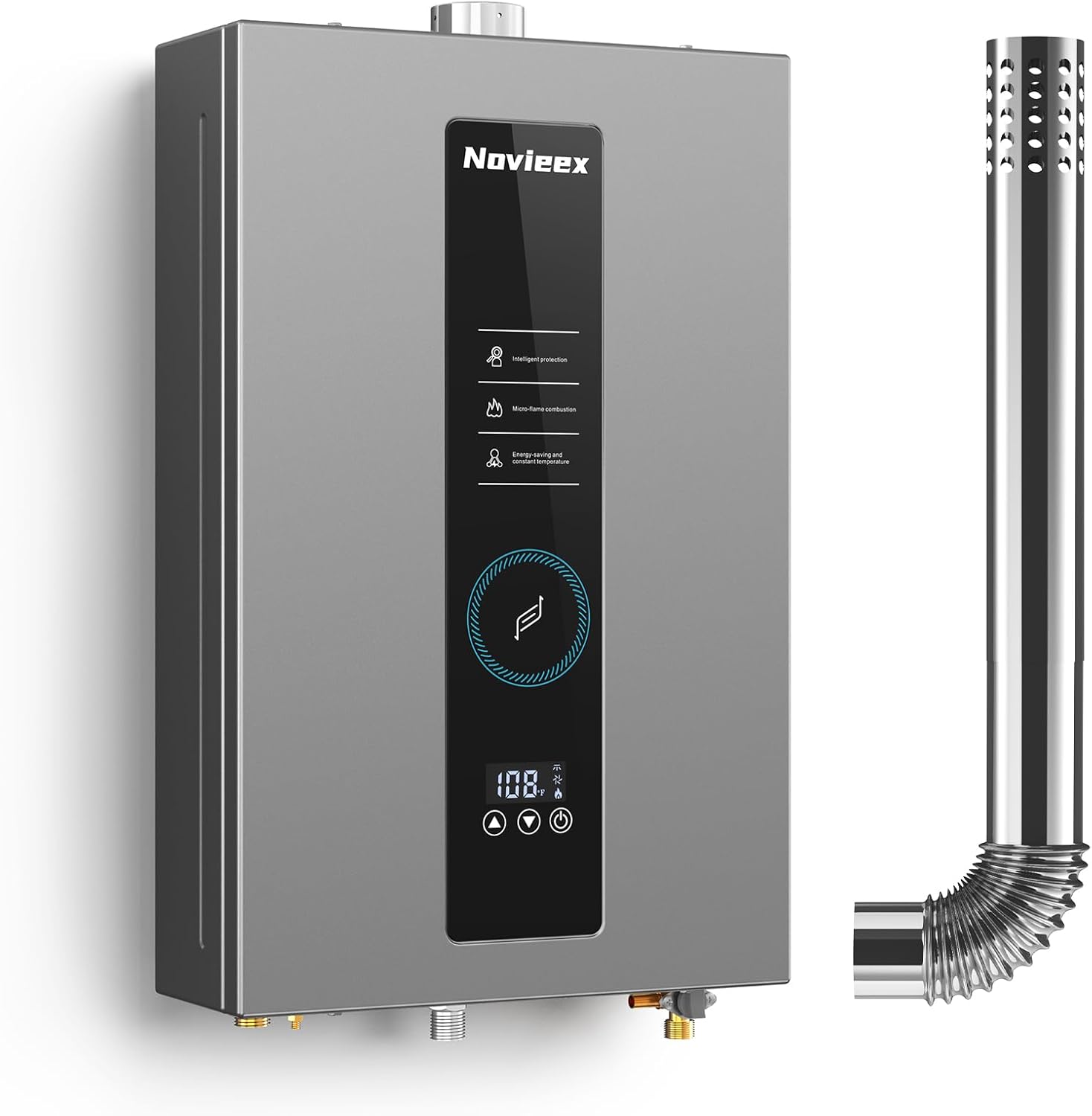Smart control systems for heaters typically use temperature sensors, humidity sensors, motion detectors, and occupancy sensors to optimize heating efficiency.
Modern smart control systems for heaters rely on advanced sensors to deliver precise, energy-efficient heating. These sensors monitor environmental conditions and adjust heater performance automatically. Understanding the different types of sensors used can help you choose the right smart heating solution for your needs.

Core Sensors in Smart Heater Systems
Temperature Sensors
Temperature sensors are the backbone of any smart heating system. They measure ambient air temperature and provide feedback to the control unit. Common types include:
- Thermistors – Highly accurate for residential use
- RTDs (Resistance Temperature Detectors) – Used in commercial systems
- Thermocouples – Durable for industrial applications
Humidity Sensors
Humidity sensors work with temperature sensors to calculate the vapor pressure deficit (VPD), crucial for maintaining ideal conditions. The ThermoForge T3 heater demonstrates how VPD control optimizes environmental conditions.
Motion/Occupancy Sensors
These infrared or ultrasonic sensors detect room occupancy to:
- Reduce heating in unoccupied spaces
- Pre-heat rooms before scheduled use
- Provide safety shutoff features

Advanced Sensor Technologies
Ambient Light Sensors
Light sensors adjust heating based on natural sunlight exposure, working with smart thermostats like those in the Daikin One ecosystem to optimize energy use.
Air Quality Sensors
Modern systems monitor CO2, VOC, and particulate levels to:
- Adjust ventilation rates
- Maintain healthy indoor environments
- Prevent overheating in poorly ventilated spaces
Water Detection Sensors
Critical for water heater systems, these sensors detect leaks and prevent water damage by shutting down the system when moisture is detected.
Integration with Smart Control Systems
Modern sensors connect via multiple protocols:
| Protocol | Range | Power Use |
|---|---|---|
| Wi-Fi | Whole home | High |
| Zigbee | Room to room | Low |
| Z-Wave | Whole home | Medium |
Machine Learning Integration
Advanced systems like those found in app-controlled space heaters use sensor data to learn usage patterns and optimize heating schedules automatically.
Safety Sensors
Tilt Sensors
Detect if a portable heater tips over and automatically shut off power, a feature highlighted in many modern space heaters.
Overheat Protection
Temperature sensors monitor internal components to prevent dangerous overheating situations.
Flame Sensors
Critical for gas heaters, these detect whether the burner is lit and shut off gas flow if ignition fails.
Future Sensor Developments
Emerging technologies include:
- Predictive maintenance sensors that detect component wear
- Wireless self-powered sensors using energy harvesting
- AI-powered predictive heating algorithms
The latest electric heaters showcase how sensor technology can be combined with aesthetic design for both functionality and visual appeal.

